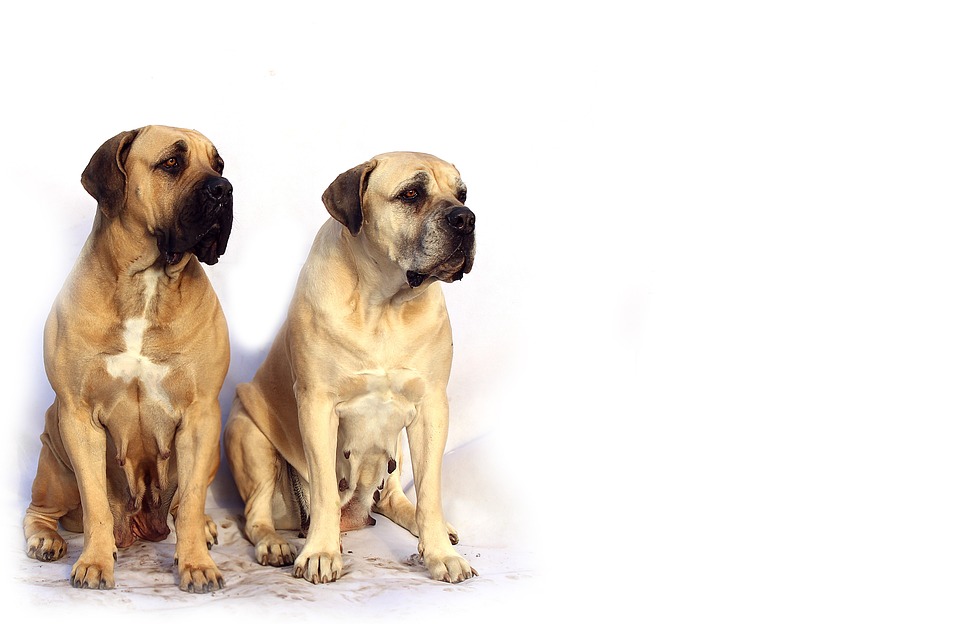Short-haired dog breeds are often admired for their low-maintenance coats, but this doesn’t mean they don’t require regular grooming and care. In fact, proper grooming is crucial to keep their coat healthy and maintain their overall well-being. In this comprehensive guide, we will delve into the essential steps and tips for grooming and caring for short-haired dog breeds. Additionally, we will address some frequently asked questions about short-haired dog care.
Regular brushing is an important step in maintaining a healthy coat for short-haired dogs. While their coats may not be as prone to matting as long-haired breeds, brushing helps remove loose hair, dirt, and debris, and stimulates the skin. It is recommended to use a bristle brush or a rubber curry brush for short-haired dogs. Brushing should be done at least once a week to keep their coat shiny and healthy.
When it comes to shampooing, it is important to select the right shampoo for short-haired breeds. Look for a gentle, hypoallergenic shampoo specifically formulated for dogs. Short-haired dogs generally do not require frequent bathing, as excessive bathing can strip their coat of natural oils and cause dryness. Aim to bathe your dog every 4-6 weeks or as needed. Proper bathing techniques include thoroughly wetting the coat, lathering the shampoo, and rinsing it off completely. After bathing, ensure the coat is properly dried to prevent any skin irritation.
In addition to the coat, certain areas like nails, ears, and teeth require regular attention. Trimming your dog’s nails is important to prevent overgrowth, which can lead to discomfort and difficulty walking. Use specialized nail clippers or a nail grinder to safely trim the nails. It is recommended to trim your dog’s nails every 2-4 weeks, depending on their growth rate.
Ear cleaning is crucial for short-haired dogs as they can be prone to ear infections. Use a veterinarian-recommended ear cleaning solution and gently clean the outer ear with a cotton ball or a soft cloth. Avoid inserting anything into the ear canal to prevent injury. Look out for signs of ear problems such as redness, swelling, or a foul odor, and consult your veterinarian if you notice any abnormalities.
Maintaining oral hygiene is also important for short-haired breeds. Dental care should include regular brushing using a dog-specific toothbrush and toothpaste. It is recommended to brush your dog’s teeth daily or at least a few times a week. Additionally, professional dental cleanings may be necessary to remove tartar and plaque buildup.
Maintaining a healthy skin and coat starts with a balanced diet. Proper nutrition plays a vital role in promoting a healthy coat. Ensure your dog’s diet includes high-quality protein, essential fatty acids, and vitamins and minerals. Avoid feeding your dog foods that can cause allergies or skin irritations, such as grains or artificial additives.
Regular exercise also contributes to a healthy skin and coat. Exercise improves blood circulation, which promotes a healthy coat and prevents skin problems. Engage your short-haired dog in suitable exercise routines and outdoor activities to keep them active and promote a shiny coat.
Preventing parasites is crucial for short-haired dogs. Common parasites like fleas and ticks can cause skin irritations and other health issues. Use veterinarian-recommended flea and tick prevention methods and regularly check your dog for any signs of infestation. Regular veterinary check-ups are important to ensure effective parasite control.
Finally, let’s address some frequently asked questions about short-haired dog care:
Q1: How often should I brush my short-haired dog?
A1: It is recommended to brush your short-haired dog at least once a week to maintain a healthy coat.
Q2: Can I use human shampoo on my short-haired dog?
A2: No, it is not recommended to use human shampoo on dogs as it can disrupt the pH balance of their skin. Use a gentle, dog-specific shampoo instead.
Q3: How frequently should I trim my dog’s nails?
A3: Trim your dog’s nails every 2-4 weeks, depending on their growth rate.
Q4: Are there any specific signs of skin problems I should look out for in short-haired dogs?
A4: Look out for signs such as redness, itching, flaking, or sores on the skin. If you notice any abnormalities, consult your veterinarian.
Q5: Does my short-haired dog require sunscreen?
A5: Short-haired dogs can be susceptible to sunburn, especially on areas with less fur. It is recommended to use pet-specific sunscreen on exposed areas when necessary.
Q6: How can I prevent shedding in my short-haired dog?
A6: While shedding is a natural process, regular brushing helps remove loose hair and reduces shedding. Additionally, a balanced diet and proper nutrition can help minimize excessive shedding.
In conclusion, proper grooming and care are essential for short-haired dog breeds to maintain a healthy coat and overall well-being. By following the guidelines outlined in this article, you can ensure that your short-haired furry companion remains happy, comfortable, and radiantly groomed. Remember, a well-groomed dog is always a happy dog!









